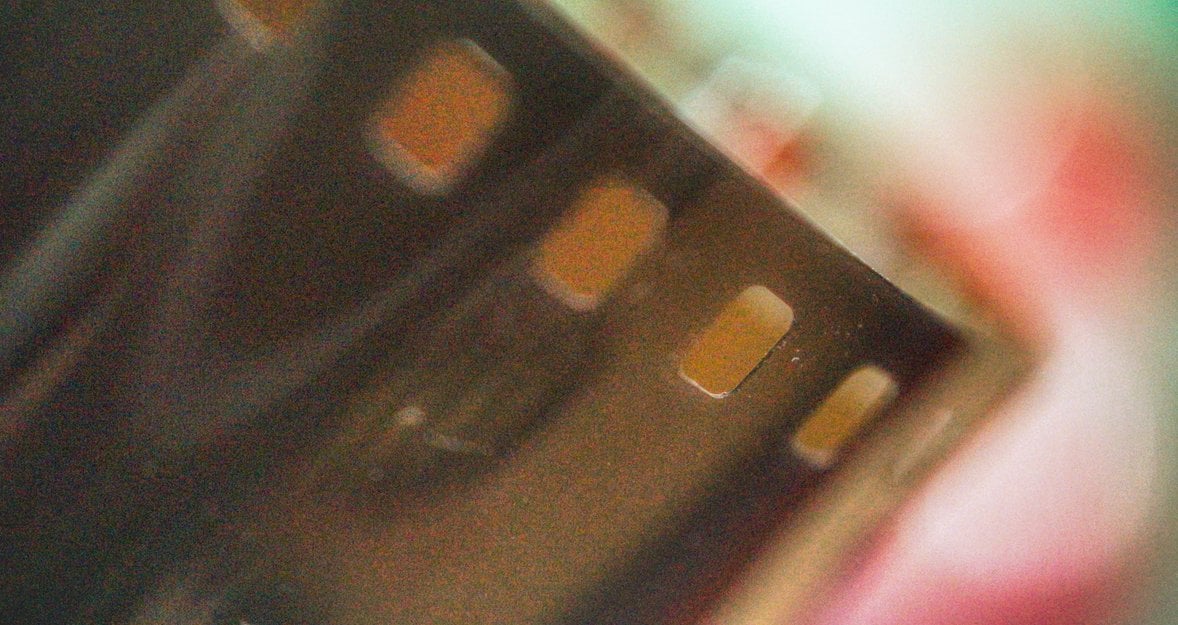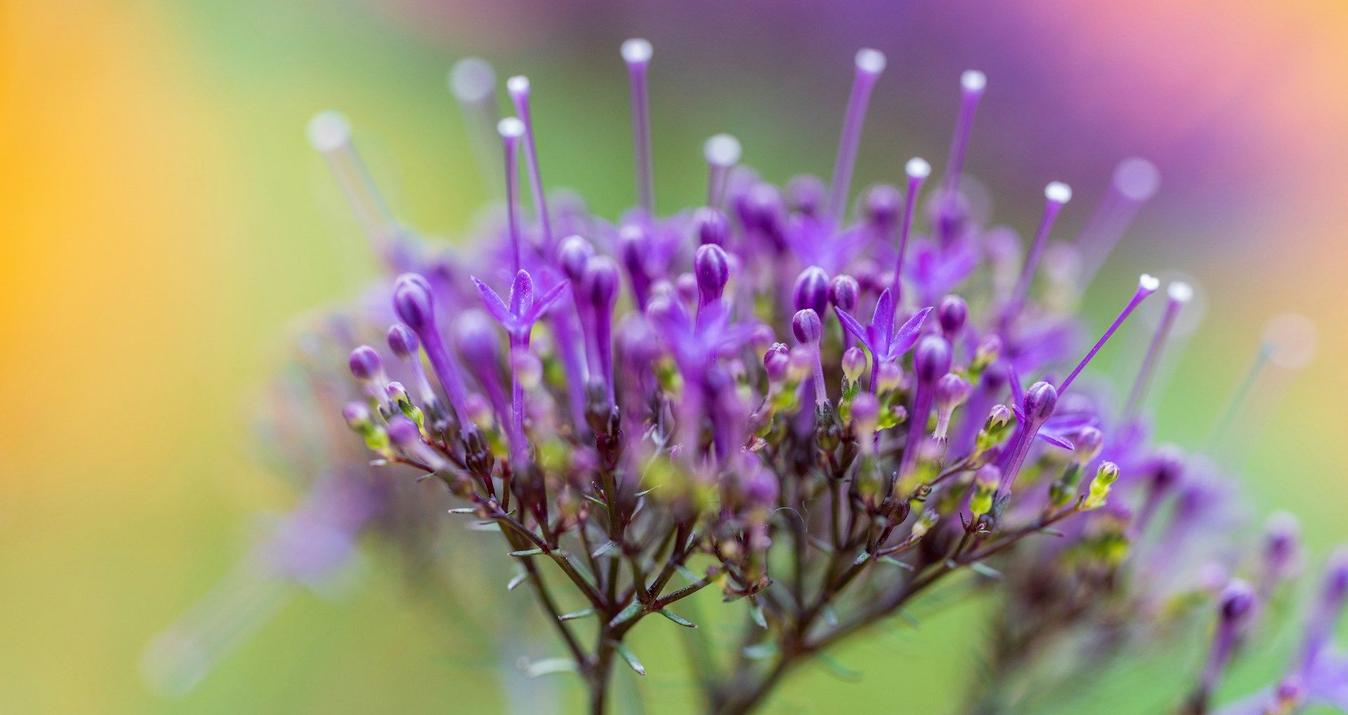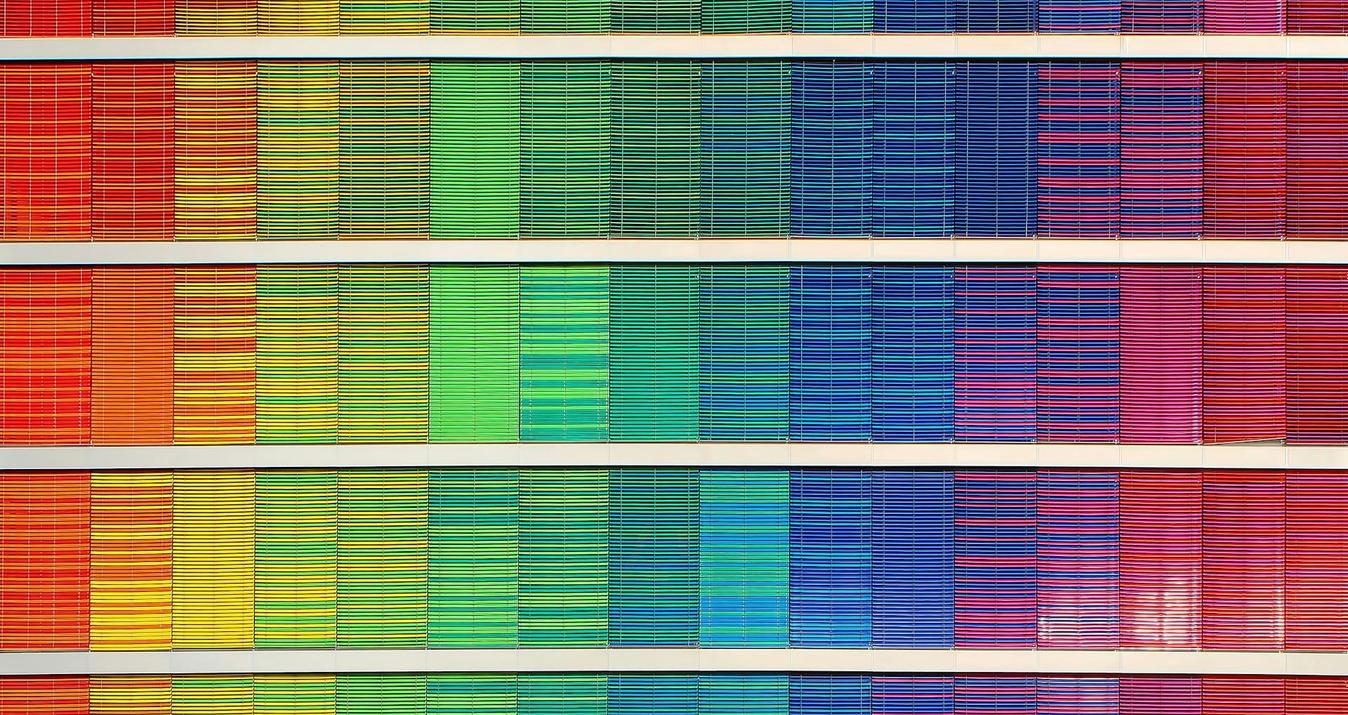All About Film Photography
February 14, 2023

It's no surprise to anyone these days to take digital pictures because almost everyone has access to cameras and smartphones. Even though we live in an increasingly digital world, there are some things from older times that should be remembered. That's film photography.
I can't say that many photographers are abandoning digital photography. On the contrary, digital cameras are getting better every day, and the quality of the pictures they take is increasing. However, in the last decade, there has been an interesting trend, namely, go analog. In today's article, I will talk about film and photography, their advantages and disadvantages. I hope these basics will be helpful for those who want to try different types of photography.
What is Film Photography?
I would like to begin my guide to film photography precisely by explaining what it is. Before the advent of digital cameras, the film was used. It was thin and transparent strips of plastic. One side of such a strip was coated with silver halide, and a gelatin emulsion was applied over it for protection. The size of the silver pieces used on the film will determine the noise at high ISO values.
When we started shooting on a film camera, the prints in silver were pictures that could then be printed out. Here are a few details about how a photo film camera works:
- When you take a picture, the camera lens briefly exposes a strip of film to the image, causing it to be enlarged through the lens;
- Exposure then burns the print into emulsion through a chemical reaction, and then what we call the latent image appears;
- This image can then be turned into a negative, which is then projected onto light-sensitive photographic paper.
Unfortunately, not many photographers use film yet. The main reason is that the film camera process takes a long time. In addition, you are limited in the number of shots you can take. However, those who have swapped digital images for the film have their own arguments. Among the reasons to go analog, they mention huge creative possibilities. Because of the limited number of frames, you have to think through the composition down to the last detail. Also, a film photoshoot is a great way to get to know your camera better. There are many types of film and cameras. Each device has its own settings, so you'll have to take the time to understand them. However, it's worth it, trust me!
So we learned what's a film camera and how it works. Now let's find out what settings you should set to make a photographic masterpiece.
When Is It Worth Taking Pictures On Film?
The film is still popular even though we are more accustomed to pictures made digitally. Let's find out when it's most appropriate to use it.
Taking pictures Outdoors
Do you want to take beautiful outdoor photos that won't take a long time to edit? Then use a film camera for photos! It allows you to get brighter colors and clearer images when you shoot in natural light.
Taking Black and White pictures
If you want to shoot in the darkroom, you can't find a better solution. In this case, film cameras come in handy. You shouldn't use color film because it can't capture as much detail as black and white can.
If You Want To Try Something New Or Have An Interesting Experience
Shooting film photography is difficult but very interesting and original. If you are still using only a digital camera, you have limited space for experimentation. There are many options for what you can do with a film roll. For example, you have an amazing opportunity to play with shadows in a dark room or change the color temperature settings. In addition, all the settings will be fully manual, which means you can get to know your camera better.
Main Film Camera Settings
Of course, you can work out the camera settings by trial and error. But why do that when you can read the article I prepared for you? So let's talk about the most important camera settings.
- Shutter speed. When it comes to how to take film photos, this is one of the most important parameters. Values can range from 1/4000 to more than 1 second. Beginners should remember that a fast shutter speed is great for taking pictures of a moving object: a person riding a bike, a cat jumping, etc. Slow shutter speeds, on the other hand, are best for night photography. The reason is that it lets much more light in.
- Aperture. F-stops are used to measure it. In order to make digital and film camera pictures, you need to remember one important thing. The larger the f-stop, the smaller the aperture, and vice versa. If you use a small f-stop, there will be a larger portion of the image in the frame. If you choose a large one, it will be exactly the opposite.
- Focus. It can be manual or automatic. If you want to use film and are just starting out on your photography journey, I advise you to choose the second option. This will help you get results easily and save you time.
Top 10 Tips And Film Photography Ideas
So, I've already told you what film photography is and what the pros of it are. If you are interested in that, then the next part of this article will be very useful to you. I will tell you the best film photography tips that you can immediately put into practice. So, let's go!
1. Choose A Suitable Film
You'd be surprised at how various films can be. My first advice is to try as many types as possible to see which one suits you best. According to professionals, the best choices are Kodak, Ilford HP5, Fomapan 400, and Lomography Color films. Try them, but there's nothing stopping you from finding something else for yourself.
2. Decide What Your Prime Lens Will Be
Some people think that you can only make good photography film camera pictures with a 35mm lens. It's true that you can get an easy start, but that doesn't mean you have to give up on the 50mm. Practice with one lens first and then buy another. Either way, it's worth a try. If you're wondering which camera to buy, I'd recommend the Canon AE-1, Nikon F2, Leica M6 TTL, and Olympus OM-1.
3. Don't Be Afraid Of Mistakes
Of course, few people like to redo shots multiple times because of mistakes. However, I advise you to remember one simple truth: he who does nothing makes no mistakes. If you make a bad shot, there is nothing wrong with it. Just analyze what you did wrong and don't do it again in the future. Sometimes mistakes can make your film photos amazing. For example, breaking the rules can result in double exposures, but in black and white pictures, it can look original.
4. Use A Light Meter
Manufacturers most often equip modern SLR cameras with built-in meters, so this will not be a problem. However, if you want to use a vintage Polaroid, you will probably need a separate meter. It can be downloaded to your smartphone from the Apple store or Play market.
5. Read Your Camera Manual Carefully
It sounds trivial, but not all photographers who choose to use counterparts are familiar with their cameras. To avoid this, you need to study your camera's manual carefully. Photography and film do not forgive carelessness, so take this tip very seriously. Also, manufacturers may hide a lot of settings in their cameras that you can't figure out without a manual, which means that your field of experimentation will be limited.
6. Learn To Take Monochrome Photos And Avoid The Flash
I'm not going to argue that shooting color film, getting color negatives, and then doing photo editing is much easier than learning to work with black and white. However, if you want to make unique film pictures and develop your skills, that's where you should start. The most important thing is to pay attention to such moments:
- contrast;
- shapes;
- textures;
- frame composition.
If you learn how to shoot monochrome pictures, you will quickly develop your creative sense.
You should avoid flash for one reason only: you can't tell exactly what effect it will have on an image.
7. Plan Your Shoot In Advance
As I said before, to make great pictures of film cameras you will have a limited number of attempts. That's why it's a good idea to prepare for the shoot in advance. Make sure you know what camera settings you want, and make sure you don't take an expired film.
8. Give Yourself A Daily Challenge
This will be interesting for those just learning the basics of film photography as well as professionals. Make up your assignments for each day and do them. For example, on Monday you can shoot only pedestrians, on Tuesday only animals, on Wednesday only the sea, ocean, or lake, etc. This will be a great source of inspiration for different looks.
9. Use Geometry
If your composition is balanced, the photo will catch the audience's interest. That's why it gets so much attention. Here are a few rules you can use to create your photo masterpieces:
- Golden ratio. If your subject is placed in the center of a 3:3 grid, the composition will look great.
- Natural frames. Have you ever noticed that there are many natural frames all around us that are created because of the objects around us? An example of this would be a photo of a forest taken from a window or a shot of a woman through a keyhole.
- Leading lines. These, too, can be obtained from surrounding objects, for example, it could be a sunbeam that divides the picture into two parts.
10. Make Notes About Your Shots
When you're just starting out in film photography, take notes of everything. Write down what time of day you shoot, in what weather, and what basic camera settings (ISO, aperture, and shutter speed) you set. This will help you analyze the data in the future and correct mistakes if any.
Editing Film Camera Pics With Luminar Neo
After you develop the film, the image can be edited. What I mean is that you can make digital copies of the photo and change it the way you want. I recommend using Luminar Neo for this. This photo editor is really capable of a lot of things. You can use it to change the white balance, exposure, contrast, clarity, saturation, and sharpness. However, that's not all! Luminar Neo is equipped with AI tools, so editing will be easy and fast.
Final Thoughts
So now you know a lot, if not everything, about film photography. Now it's up to you. Pick up your camera, get inspired, and experiment. I'm sure you can do it. I wish you great shots!






